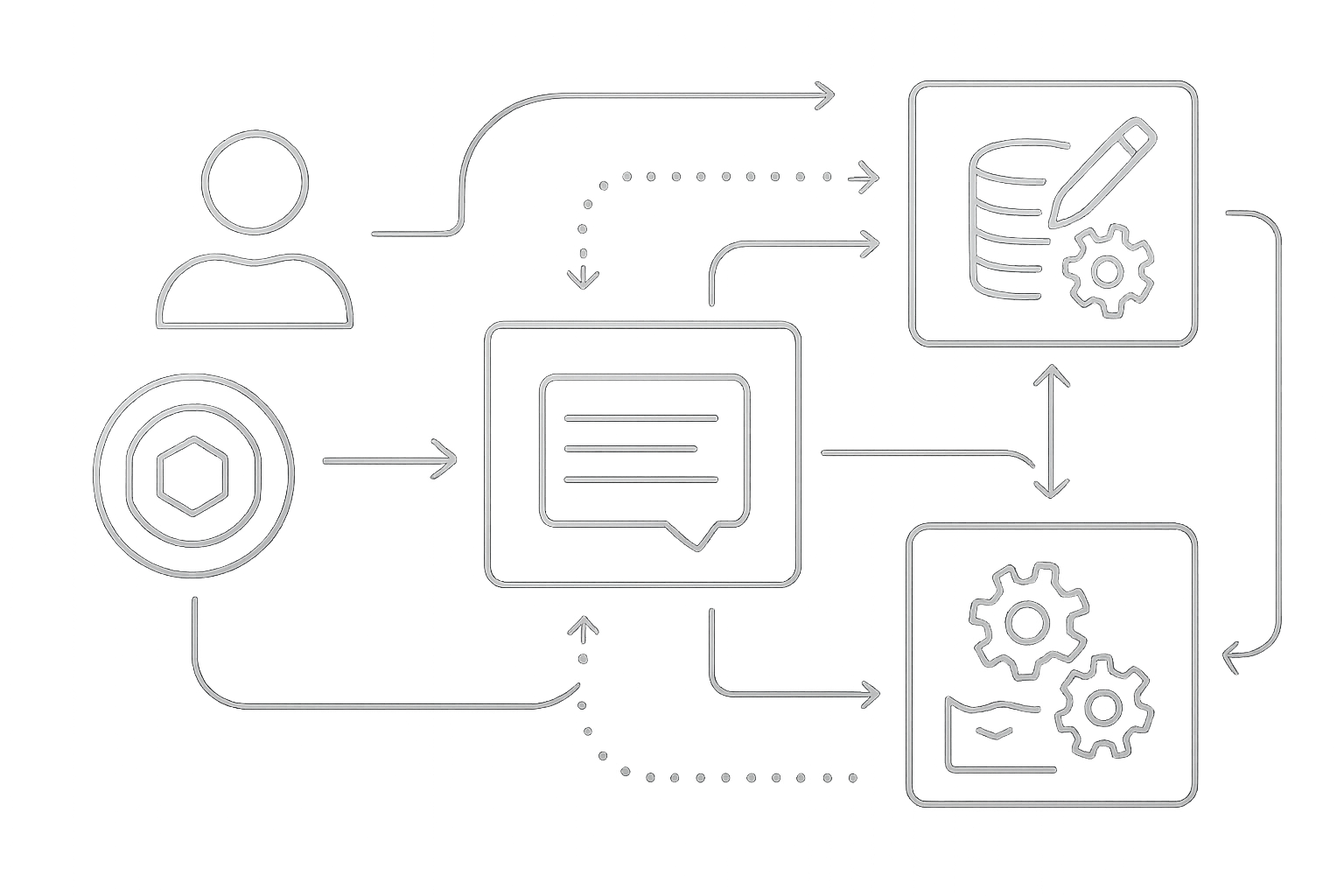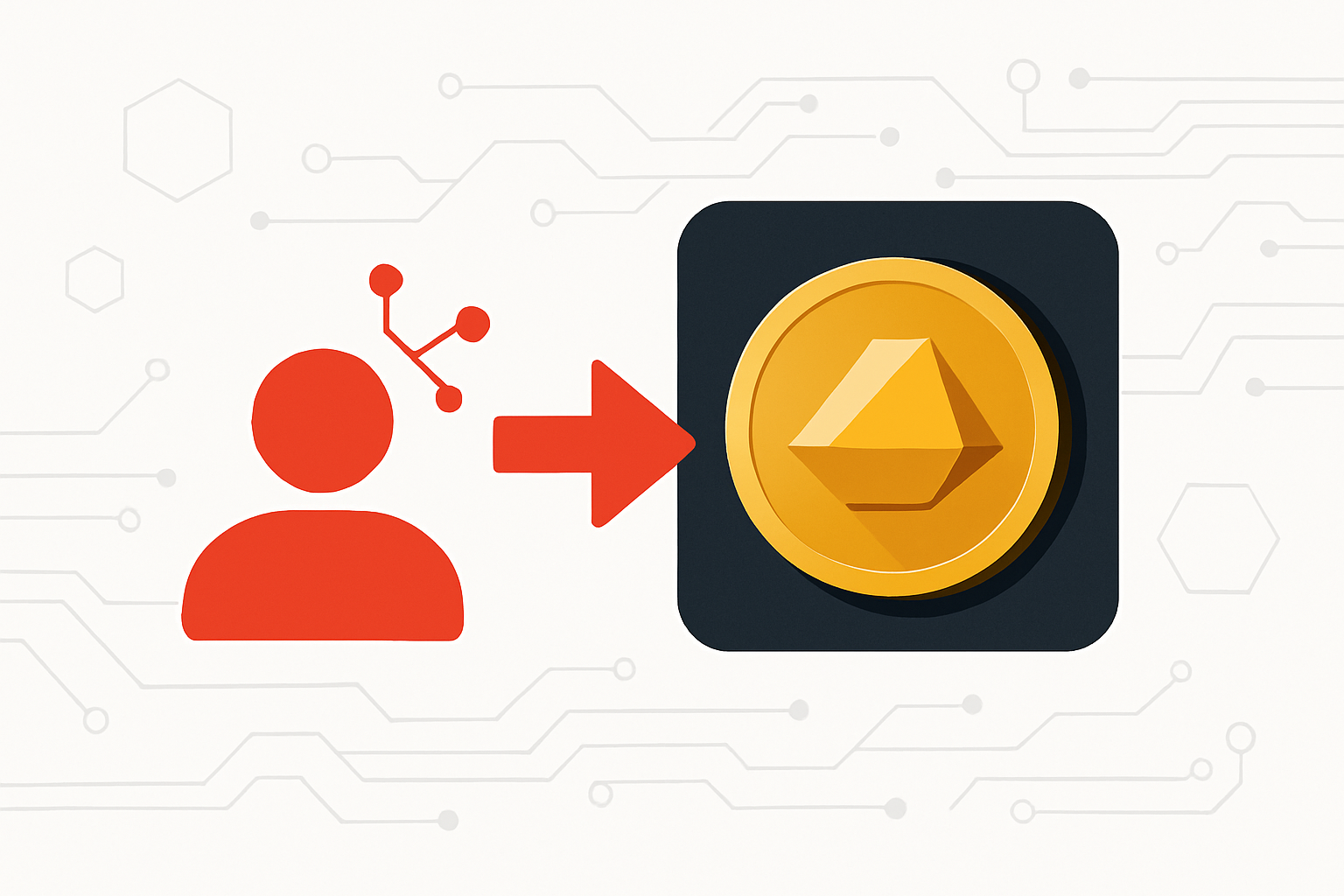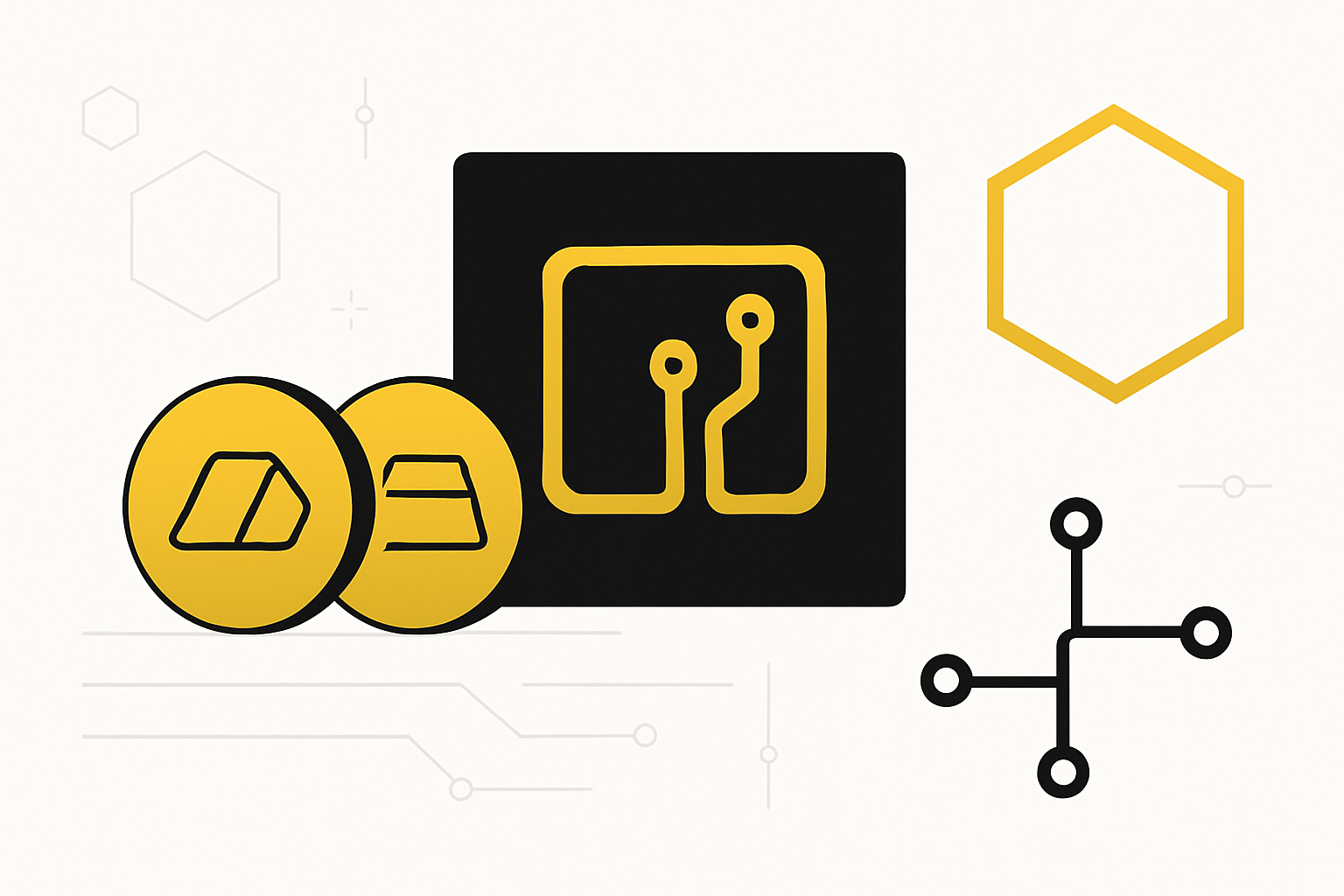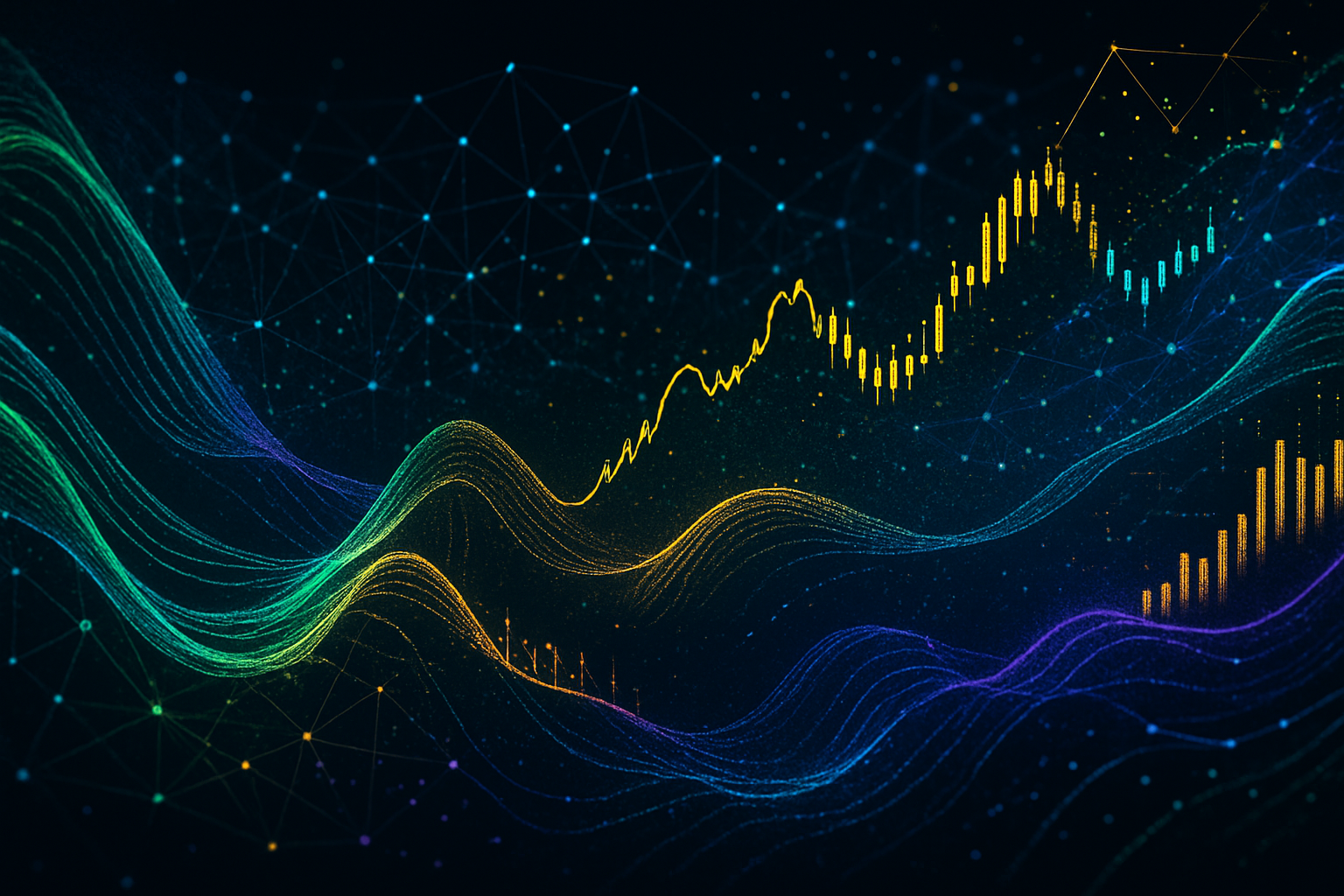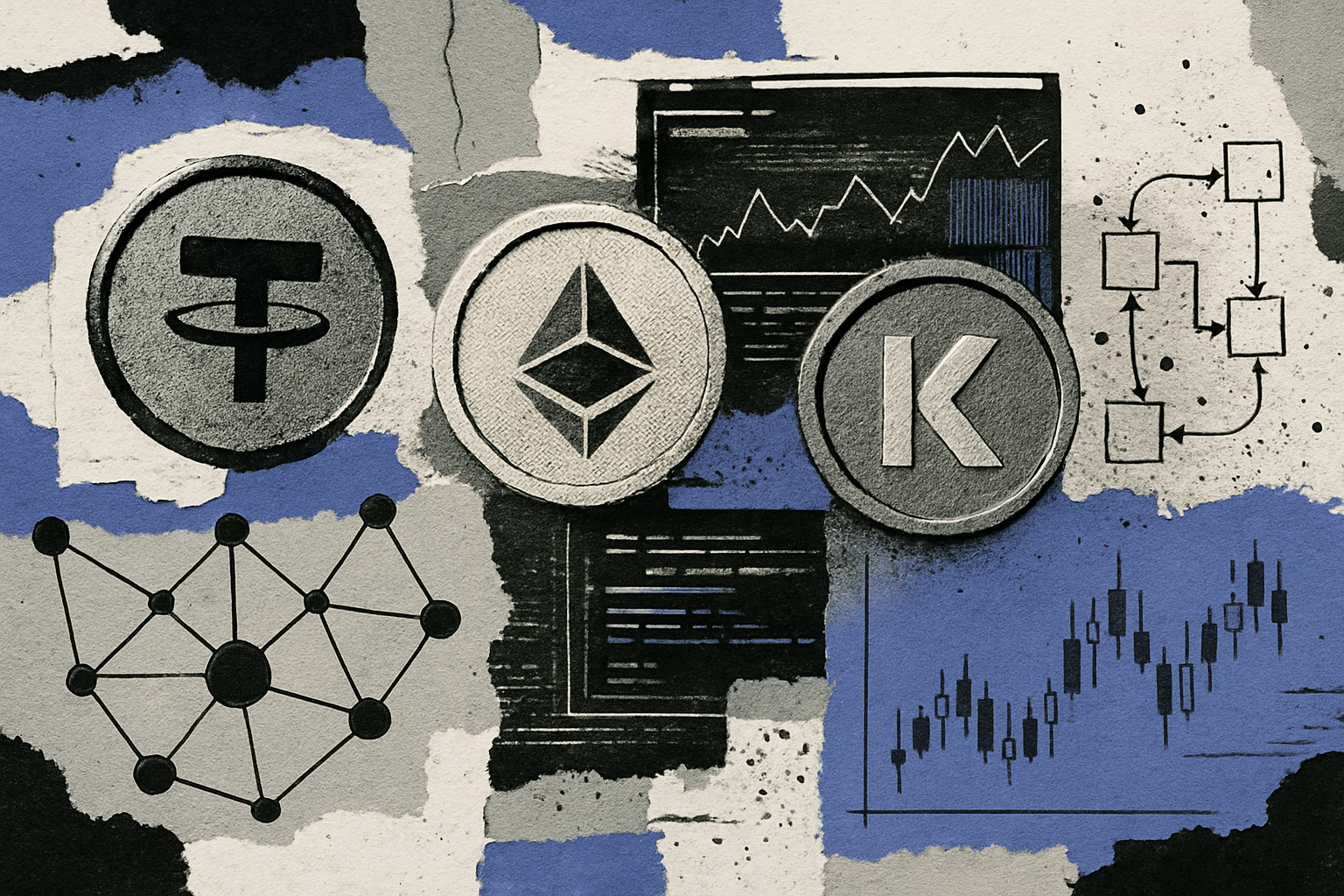How Tokenized Gold is Changing Commodity Investing in 2024
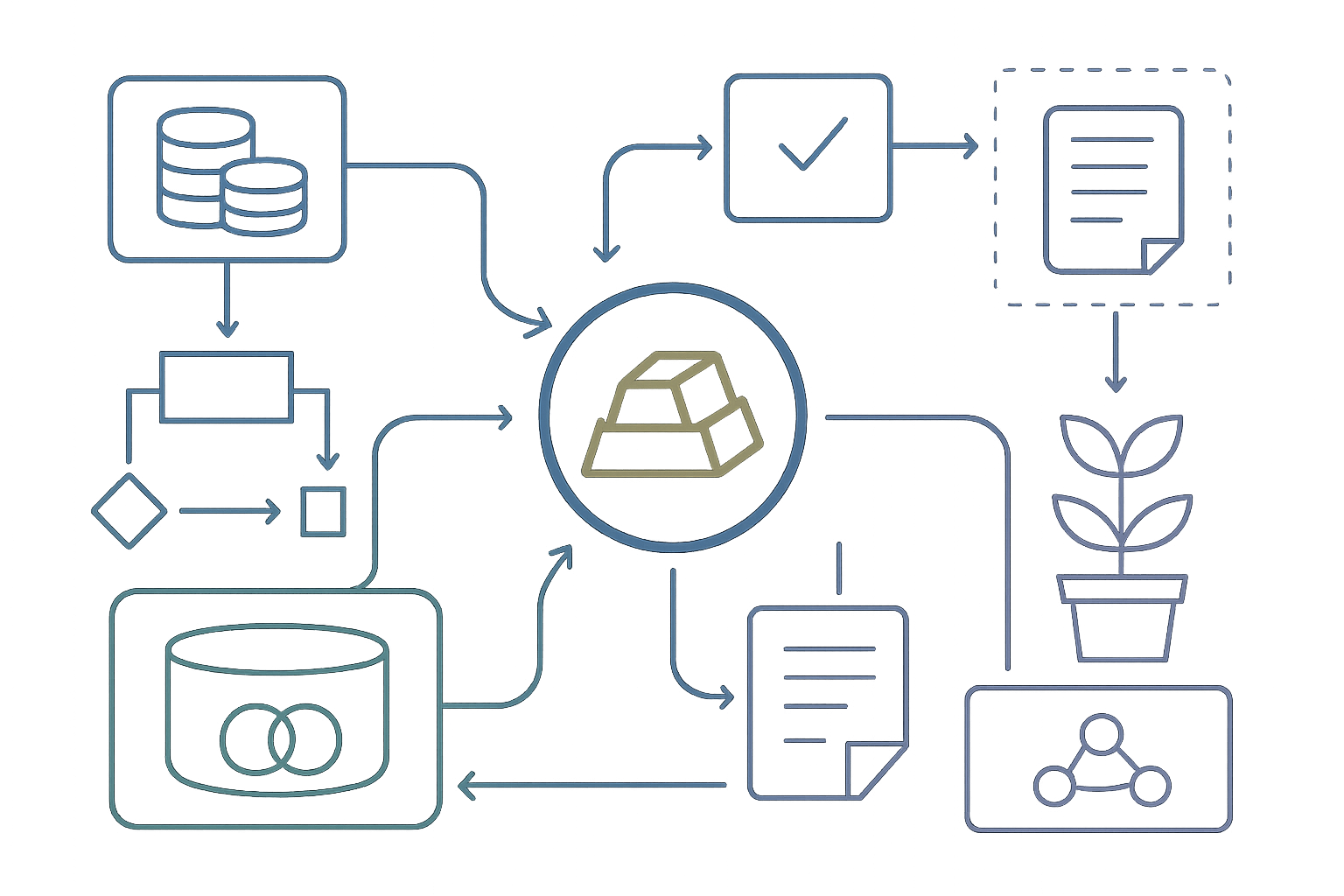
In 2024, the landscape of commodity investing underwent a profound shift as tokenized gold moved from the fringes of digital innovation into the mainstream of global markets. By merging the enduring value of physical gold with the efficiency and accessibility of blockchain technology, tokenized gold has redefined what it means to own and trade this timeless asset. The result is a new era of commodity investing that is more liquid, transparent, and accessible than ever before.
Tokenized Gold: A Market Surpassing $2.5 Billion
Tokenized gold, which digitizes ownership of physical gold bars and makes them tradable on blockchain platforms, has seen remarkable growth. As of October 15,2025, the market capitalization of tokenized gold reached $2.57 billion, a milestone that reflects both increasing investor confidence and institutional adoption. Leading the charge are established tokens such as Tether’s XAUT and Paxos’s PAXG, with PAX Gold (PAXG) currently priced at $4,236.23 and showing a 24-hour gain of and 0.0189%. These tokens now account for over 70% of the market’s trading volume, confirming their dominance in the space.
What’s driving this surge? Investors are drawn to the ability to own fractions of gold, trade 24/7, and benefit from the transparency of blockchain records. The market’s rapid expansion also signals a shift in investor preference away from legacy products toward more agile, digital-first solutions.
Outperforming Traditional Gold ETFs
Perhaps the most striking trend is how tokenized gold is capturing market share from traditional gold ETFs. In Q2 2025 alone, tokenized gold trading volumes exceeded $19 billion, outpacing several mid-tier ETFs and underscoring the growing appetite for digital gold tokens. For context, the SPDR Gold Shares ETF (GLD) is currently trading at $387.39, up 0.01781% on the day. This comparison highlights a critical transformation: investors are no longer bound by banking hours or minimum lot sizes. Instead, they can buy and sell digital gold tokens at any time, often with lower fees and greater efficiency.
For a deeper dive into how tokenized commodity ETFs stack up against their traditional counterparts, see our analysis here: Tokenized Commodity ETFs vs Traditional ETFs: Key Differences Explained.
Institutional Embrace and Regulatory Momentum
The legitimacy of tokenized gold has been further cemented by institutional adoption. BlackRock’s BUIDL, a prominent tokenized money market fund, now uses tokenized gold as collateral for derivatives trading. This move not only signals confidence in the underlying asset but also paves the way for broader integration across financial products. Meanwhile, regulatory frameworks such as Europe’s Markets in Crypto-Assets Regulation (MiCAR) have provided much-needed clarity for investors and issuers alike, reducing risk and fostering trust in these new instruments.
This regulatory progress has made it easier for both retail and institutional participants to access blockchain gold trading platforms with confidence. As rules become clearer and infrastructure matures, expect further inflows into tokenized commodities.
Key Advantages: Liquidity, Accessibility, Transparency
The appeal of digital gold tokens lies in their unique blend of old-world value and new-world efficiency:
Key Benefits of Tokenized Gold in 2024
-
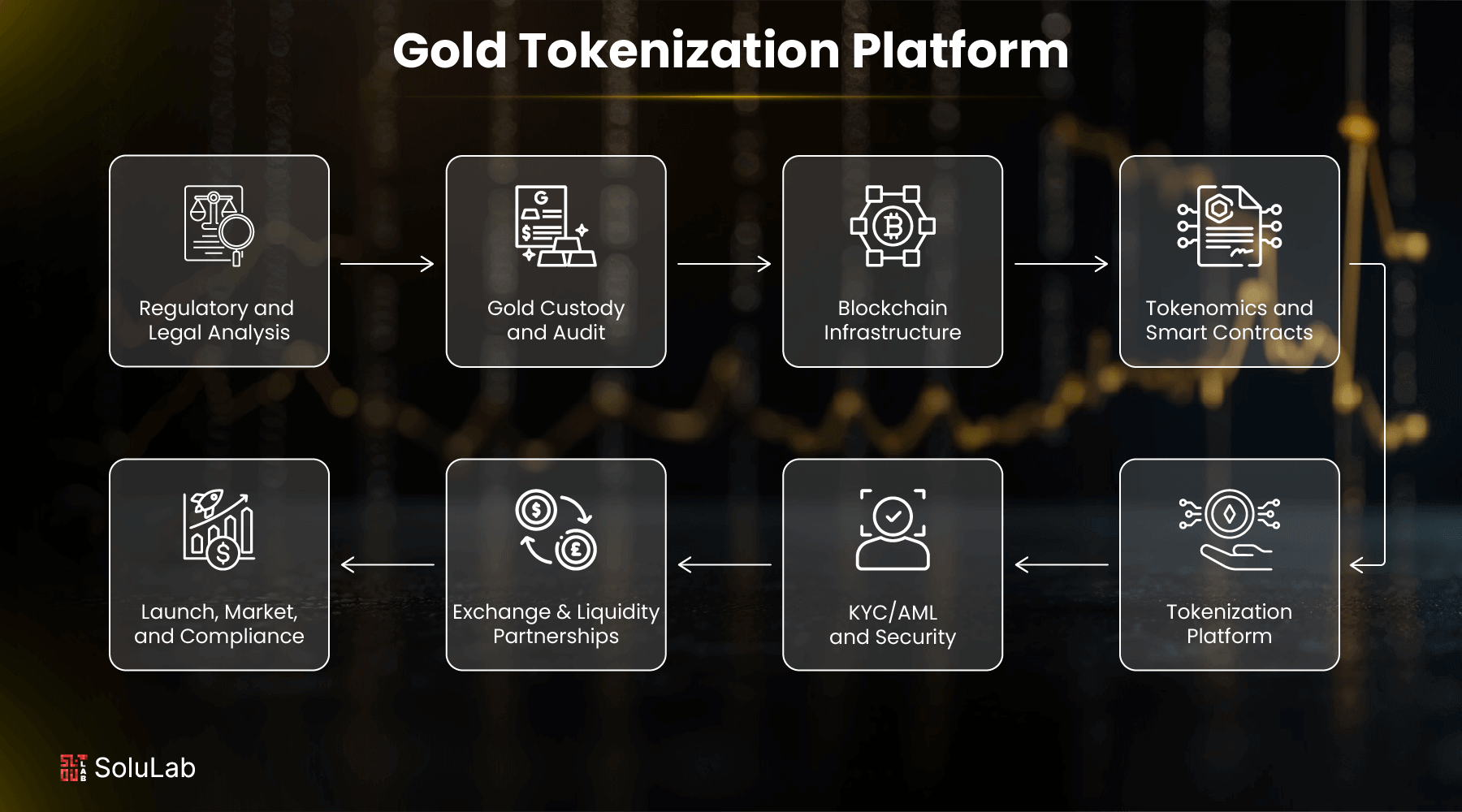
24/7 Liquidity and Trading: Tokenized gold platforms like PAX Gold (PAXG) and Tether Gold (XAUT) enable investors to buy, sell, and transfer gold-backed tokens at any time, unlike traditional gold markets that operate during limited hours.
-
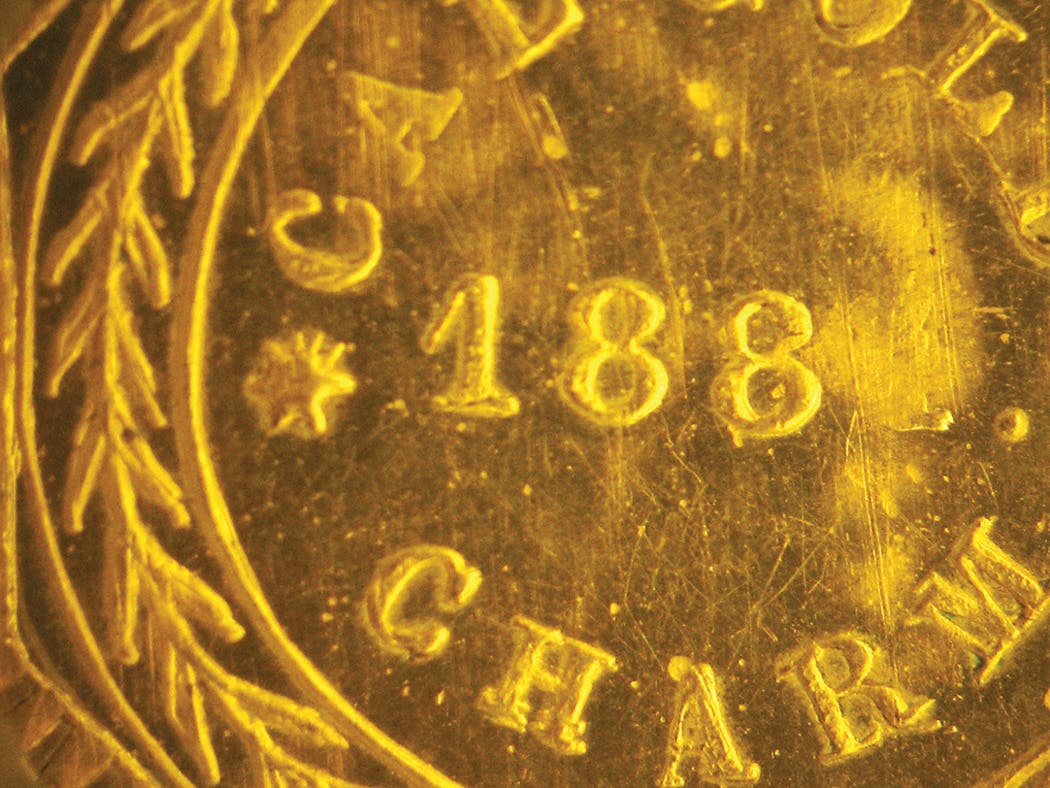
Fractional Ownership: Through tokenization, investors can own small fractions of physical gold—sometimes as little as 0.01 ounces—making gold investment accessible to a broader range of participants than traditional gold bars or coins.
-
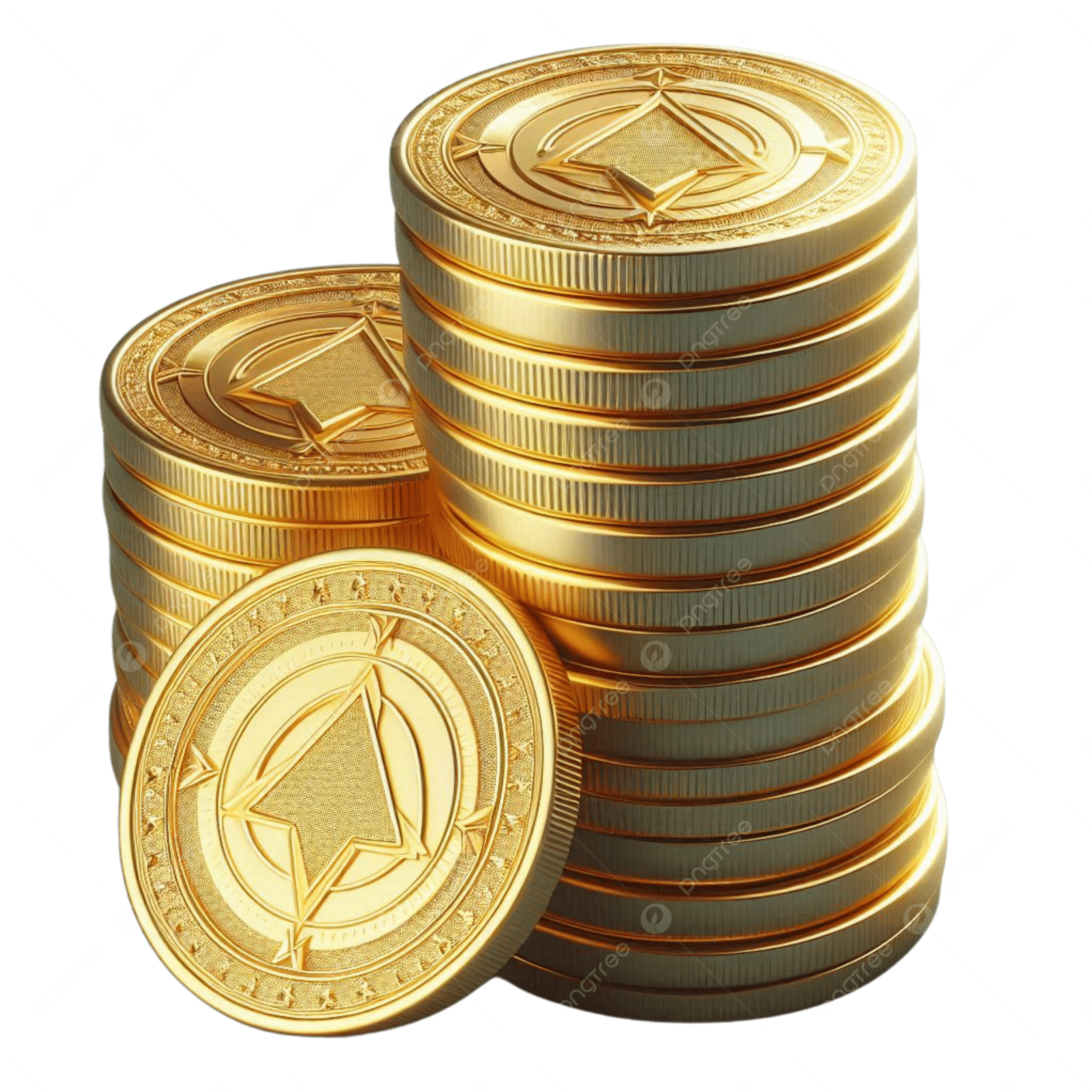
Enhanced Transparency via Blockchain: All transactions and ownership records of tokenized gold are securely recorded on public blockchains, providing immutable and auditable proof of ownership and reducing the risk of fraud.
-
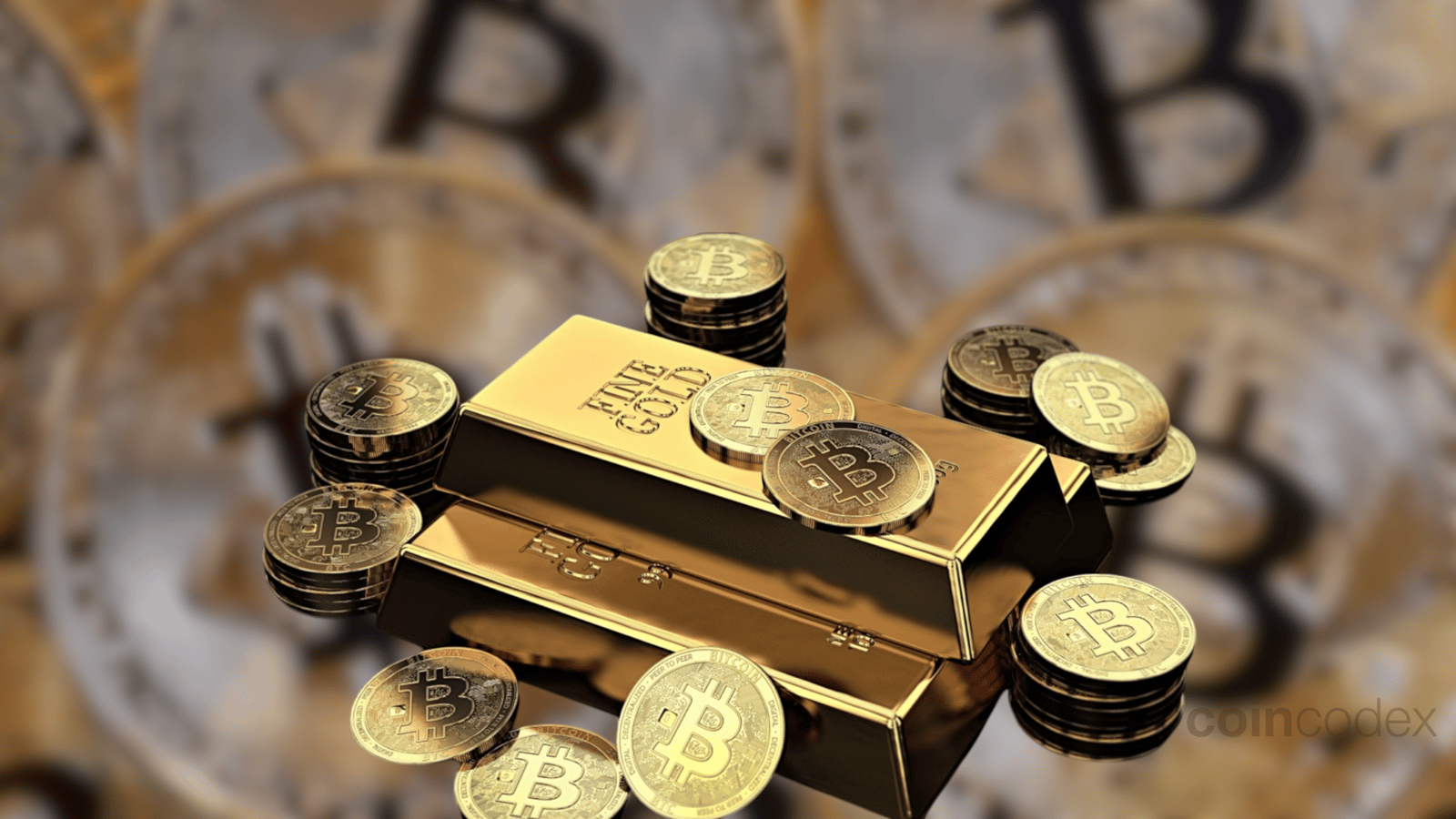
Lower Transaction and Storage Costs: By digitizing gold ownership and reducing reliance on intermediaries, tokenized gold platforms often offer lower fees compared to traditional gold ETFs or physical storage solutions.
-
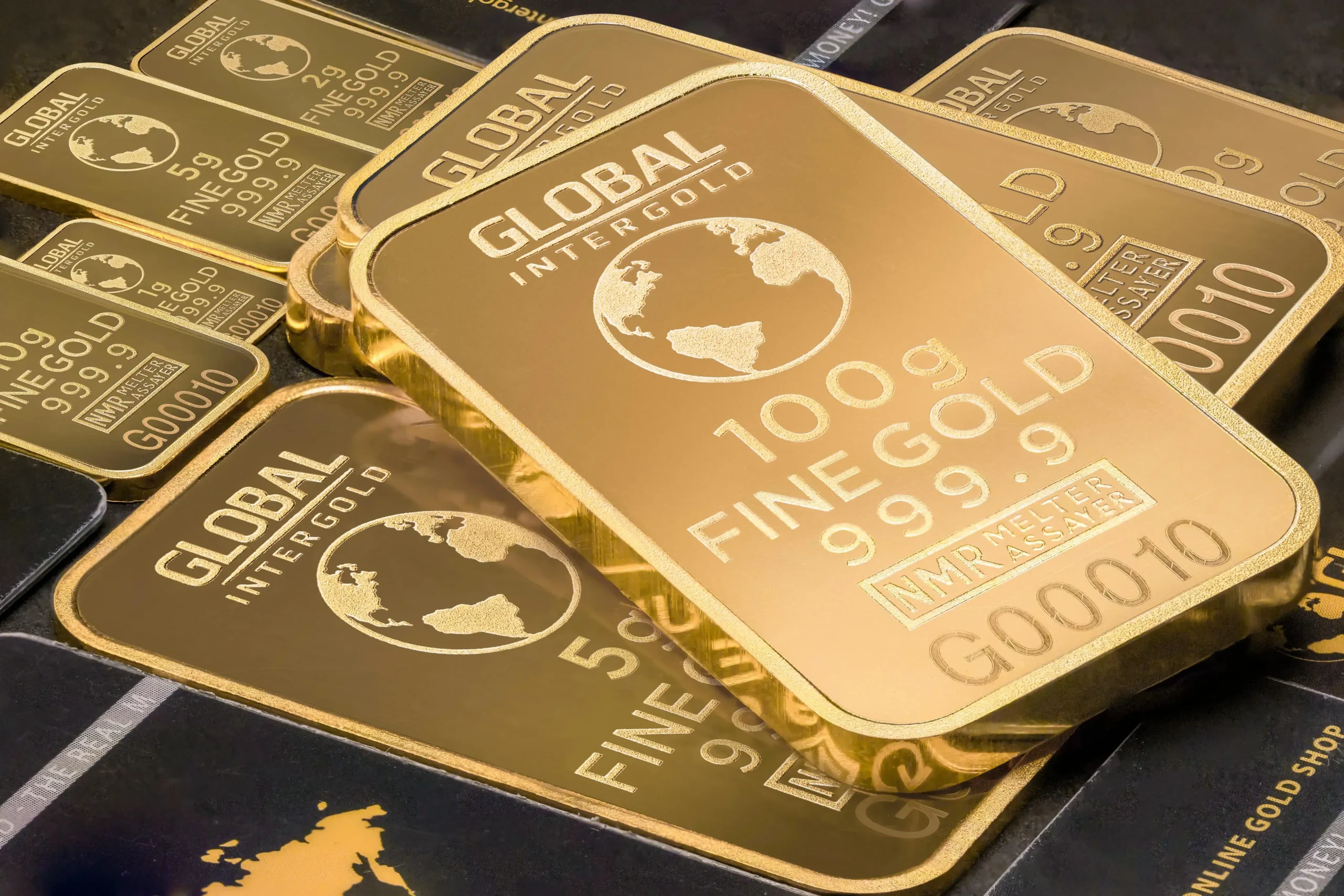
Global Accessibility: Tokenized gold can be purchased and redeemed by investors worldwide, regardless of geographic location, expanding access beyond traditional financial centers.
-
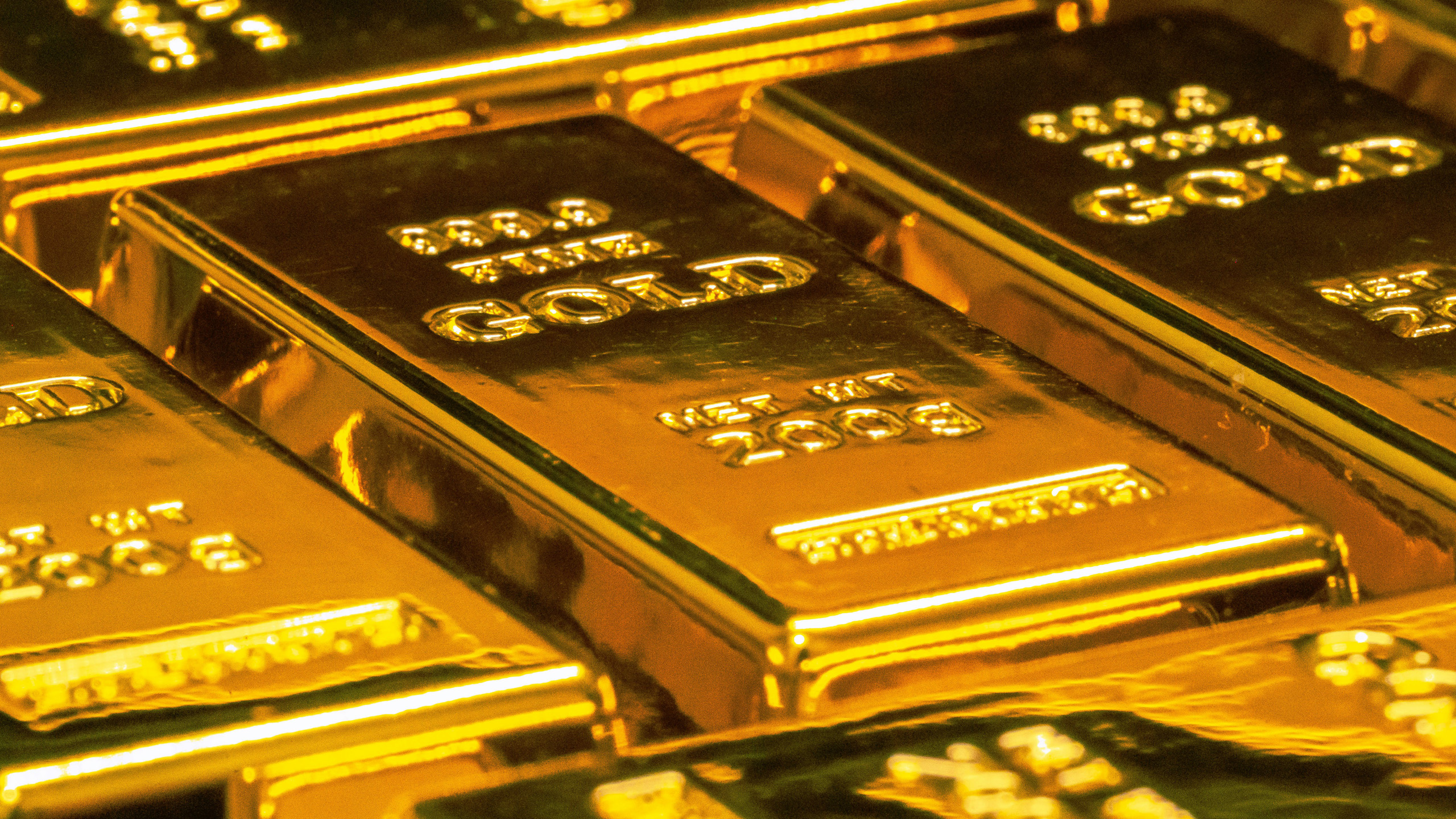
Regulatory Clarity and Institutional Adoption: With frameworks like the Markets in Crypto-Assets Regulation (MiCAR) in Europe and adoption by major institutions such as BlackRock, tokenized gold enjoys growing legitimacy and investor confidence.
Unlike physical bullion or even traditional ETFs that may require complex custody arrangements or have limited trading windows, tokenized gold empowers investors globally to participate on their terms. Blockchain records ensure that every transaction is transparent and immutable, reducing counterparty risk and simplifying audits.
PAX Gold (PAXG) Price Prediction 2026-2031
Forecasting PAXG price ranges based on tokenized gold adoption, market trends, and macroeconomic factors.
| Year | Minimum Price | Average Price | Maximum Price | % Change (Avg YoY) | Market Scenario Insights |
|---|---|---|---|---|---|
| 2026 | $4,120 | $4,380 | $4,700 | +3.4% | Stable growth with increased institutional adoption, mild global inflation. |
| 2027 | $4,210 | $4,540 | $5,120 | +3.7% | Continued shift from traditional ETFs to tokenized gold, regulatory clarity boosts confidence. |
| 2028 | $4,325 | $4,700 | $5,480 | +3.5% | Wider retail adoption, further integration with DeFi, gold price volatility reflected in token premiums. |
| 2029 | $4,400 | $4,880 | $5,900 | +3.8% | Tokenized gold market surpasses $4B; increased competition from other tokenized commodities. |
| 2030 | $4,520 | $5,080 | $6,350 | +4.1% | Blockchain upgrades improve liquidity; global economic uncertainties drive safe-haven demand. |
| 2031 | $4,640 | $5,320 | $6,800 | +4.7% | Tokenized gold becomes mainstream; possible market consolidation, robust regulatory frameworks. |
Price Prediction Summary
PAX Gold (PAXG) is projected to see steady, moderate price growth over the next six years, driven by the increasing adoption of tokenized gold, expanding use cases, and growing investor preference for digital commodities. While price fluctuations will track global gold markets, PAXG benefits from blockchain-enabled liquidity, transparency, and accessibility. Bullish scenarios reflect further institutional integration and macroeconomic tailwinds, while bearish scenarios account for competition and regulatory hurdles.
Key Factors Affecting PAX Gold Price
- Expansion of tokenized gold market cap and trading volumes.
- Institutional and governmental adoption of asset tokenization.
- Regulatory clarity (e.g., MiCAR, US/Asia frameworks) supporting digital commodities.
- Competition from other tokenized commodity products and gold ETFs.
- Gold price volatility and macroeconomic conditions (inflation, geopolitical events).
- Technology advancements improving blockchain scalability, security, and interoperability.
- Retail investor adoption via DeFi and 24/7 trading platforms.
Disclaimer: Cryptocurrency price predictions are speculative and based on current market analysis.
Actual prices may vary significantly due to market volatility, regulatory changes, and other factors.
Always do your own research before making investment decisions.
With these structural advantages firmly established in 2024-2025, it’s no surprise that both individual investors and large institutions are accelerating their shift toward this innovative asset class.
Yet, as tokenized gold cements its place in the global financial ecosystem, important nuances are emerging for serious investors. Liquidity premiums and discounts can appear during periods of market stress, particularly if redemption and issuance pipelines are temporarily constrained. However, the overall trend points to narrowing spreads and improved price discovery as more liquidity providers and exchanges enter the space. The digitization of gold ownership has also introduced greater divisibility, allowing participants to hold or transfer even minuscule amounts, something previously impractical with physical bars or legacy ETF products.
Risk Factors and Due Diligence in Digital Gold Tokens
Despite the many advantages, investors should approach tokenized gold with the same caution as any other commodity. Counterparty risk, smart contract vulnerabilities, and regulatory changes remain relevant. It is essential to verify that tokens are fully backed by audited reserves and that the issuing platform provides clear, regular attestations. Investors should also be aware of jurisdictional differences, as regulatory regimes like MiCAR in Europe are not yet universal. Prudent portfolio construction still requires diversification and robust risk management, especially as the market structure continues to evolve.

As adoption grows, the infrastructure supporting tokenized commodities is rapidly maturing. Custodians, auditors, and insurance providers are developing specialized services to address the unique challenges of digital gold tokens. This institutional-grade infrastructure is making it easier for traditional investors to gain exposure while maintaining the high standards of security and compliance expected in global finance.
Looking Ahead: The Future of Tokenized Commodities
The progress seen in 2024 is only the beginning. With tokenized gold now a $2.57 billion market and PAX Gold (PAXG) trading at $4,236.23, the path forward is likely to include further product innovation and integration with global payment and settlement systems. As more commodities are digitized, investors will have unprecedented flexibility to construct diversified, liquid portfolios that blend traditional value with digital efficiency.
For those considering an allocation, the case for tokenized gold rests on its ability to combine the enduring appeal of gold with the seamless, borderless nature of blockchain. The result is a compelling alternative for wealth preservation and portfolio resilience, qualities that matter even more in an era of macroeconomic uncertainty and rapid technological change.
Fortune favors the well-prepared. In commodity investing 2024, that means understanding both the opportunities and the risks of digital transformation. Tokenized gold offers a bridge between centuries-old value and a new, more accessible financial future.

